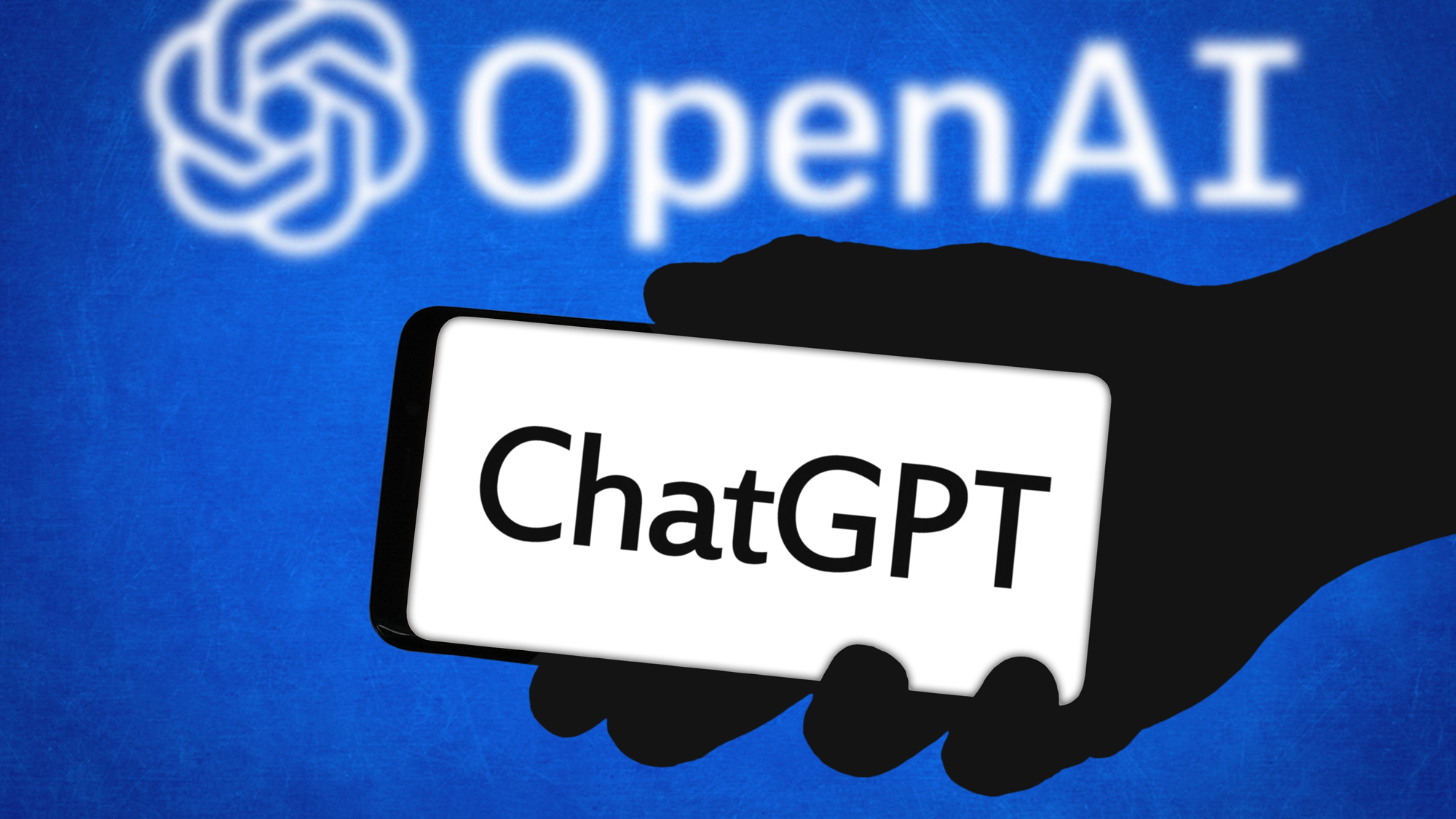PS5 and Xbox Series X SSDs: How this tech will define next-gen games
The PS5 and Xbox Series X will use SSDs to load games much quicker
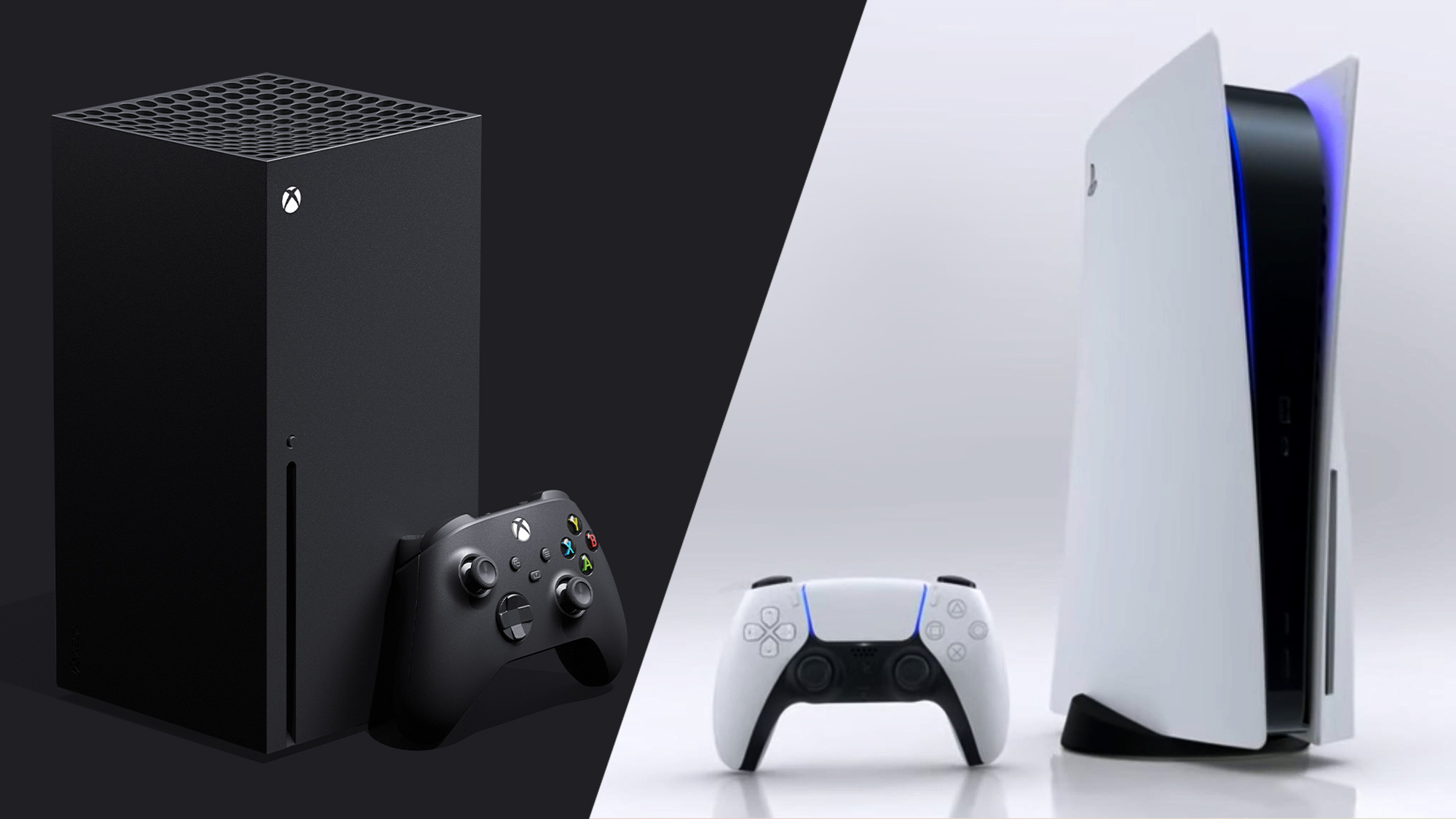
The PS5 and Xbox Series X will be defined by their SSDs. That may sound like a bold claim, but I’m not the first one to make it. Sony and Microsoft have both said the same thing, to say nothing of the hordes of fans, developers and analysts who have begun preaching the SSD gospel. With their powerful internal SSDs, the next-gen consoles will load games more rapidly than ever before, facilitating bigger levels, more detailed graphics and better frame rates.
Fair enough — but what, precisely, is an SSD, and how can it do all of these things? These high-tech hard drives have been around since the late ‘70s, but have only been a fixture in gaming machines since 2007 or so. While PC gamers have long touted the utility of SSDs, no mainstream console has ever used one before, due to prohibitive cost.
- PS5 and Xbox Series X ray tracing: Here's why it's a big deal
- Consider one of the best external hard drives for PS4 and Xbox One
Now, SSDs are more affordable and powerful than ever before, and the console industry plans to take full advantage of that. Read on to learn how SSDs work, as well as why they could help run console games much faster than we’ve ever seen before.
What is an SSD?
A solid state drive, or SSD, is a type of hard drive without any moving parts. To give a really, really streamlined version of how computers work: Every operation on a computer, whether it’s typing in a word or rendering a game level, requires transferring data from one location to another. A CPU is where all the immediate processing takes place; this is why faster CPUs with multiple cores are more efficient. However, CPUs can’t possibly process all the information on a computer at once, so they rely on memory (RAM) to keep relevant data in a readily accessible cache.
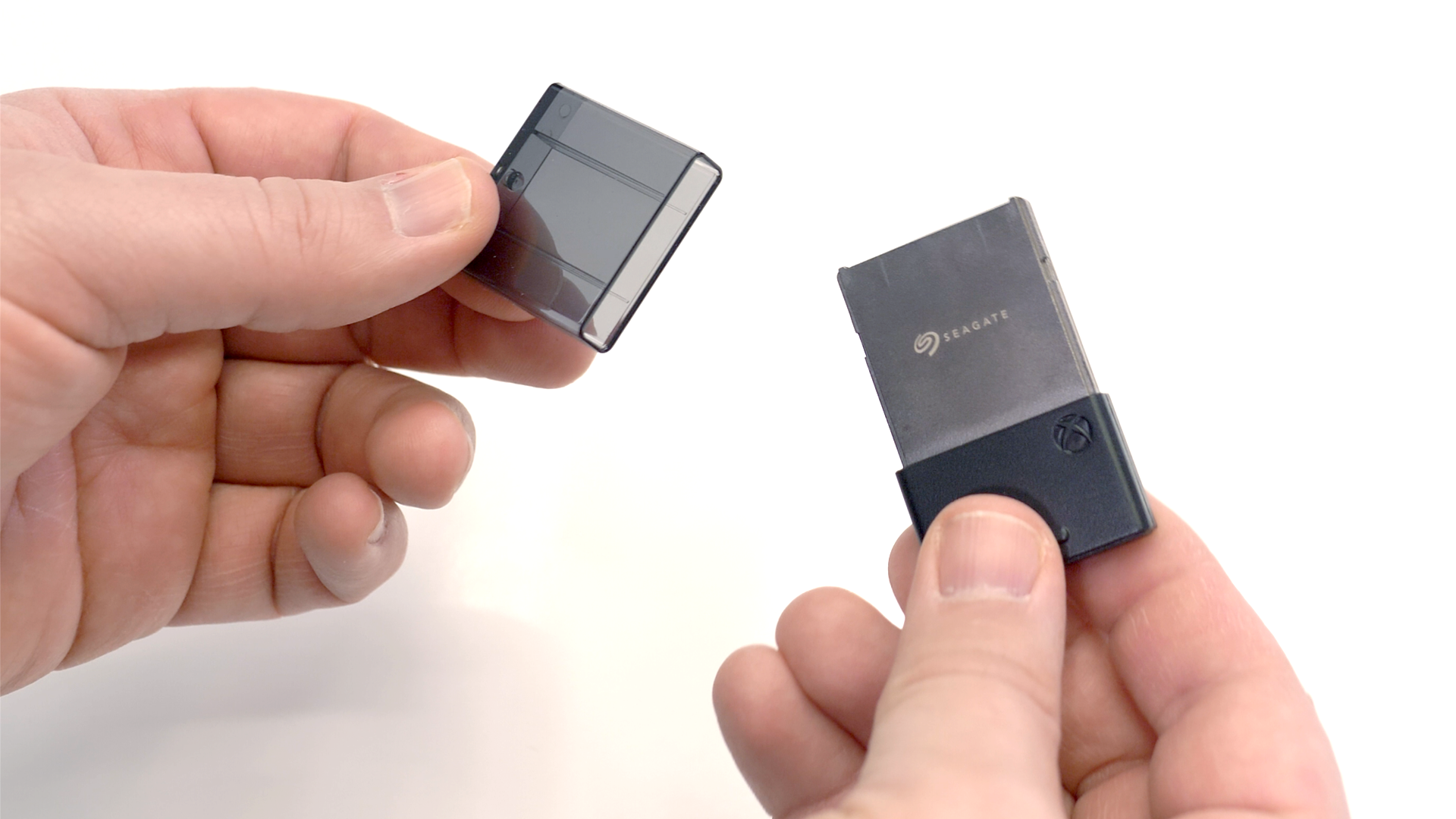
Since the CPU and RAM can’t (and don’t need to) instantly access everything, the rest of your data has to live somewhere when it’s not in use. This is the function of a hard drive: a place to store data long-term, where the CPU and RAM can call it up when necessary. Naturally, some processes are more demanding than others. This is why your CPU and RAM may barely blink when you open Notepad, but start chugging at full speed when you run Assassin’s Creed Odyssey.
Traditional hard drives contain a variety of moving parts, including spinning magnetic plates and a tiny needle. To access a piece of data, the plates spin until the needle can read the correct spot, not unlike a record player. As anyone who’s ever owned a traditional hard drive can tell you, it’s noisy, slow and prone to failure over time.

SSDs, on the other hand, work entirely through electrical signals. This is because SSDs rely on what’s known as “flash memory” instead, which requires neither discs, nor needles, nor magnets. Flash memory is a fast, efficient storage method that traditionally made its way into thumb drives and smartphones, but wasn’t practical or cost-effective for larger machines with more sophisticated hard drives. Over the past decade or so, though, SSDs have become almost as affordable as their HDD counterparts.
Sign up to get the BEST of Tom's Guide direct to your inbox.
Get instant access to breaking news, the hottest reviews, great deals and helpful tips.
How do SSDs work?
To summarize a very complex process SSDs work like RAM, if RAM stored data permanently. Information transmits via electrical signals, rather than magnetic disks, making the transfer both faster and more reliable. Unlike traditional RAM, however, SSDs don’t constantly acquire and purge data. Instead, SSDs can store data permanently, and exchange information with RAM, just as a traditional HDD would.
To recap: SSDs transmit information electronically, without moving parts, which makes them faster than traditional hard drives. This is particularly true when SSDs are brand-new and writing to blank data repositories, although they slow down considerably later in life, when they need to overwrite old data instead.
How will SSDs benefit PS5 and Xbox Series X?
SSDs load data faster and more reliably, not to mention more quietly, making them ideal for gaming. The only question is whether SSDs can really deliver the kind of staggering performance increases that both the PS5 and the Xbox Series X have advertised. The simple answer is: maybe?
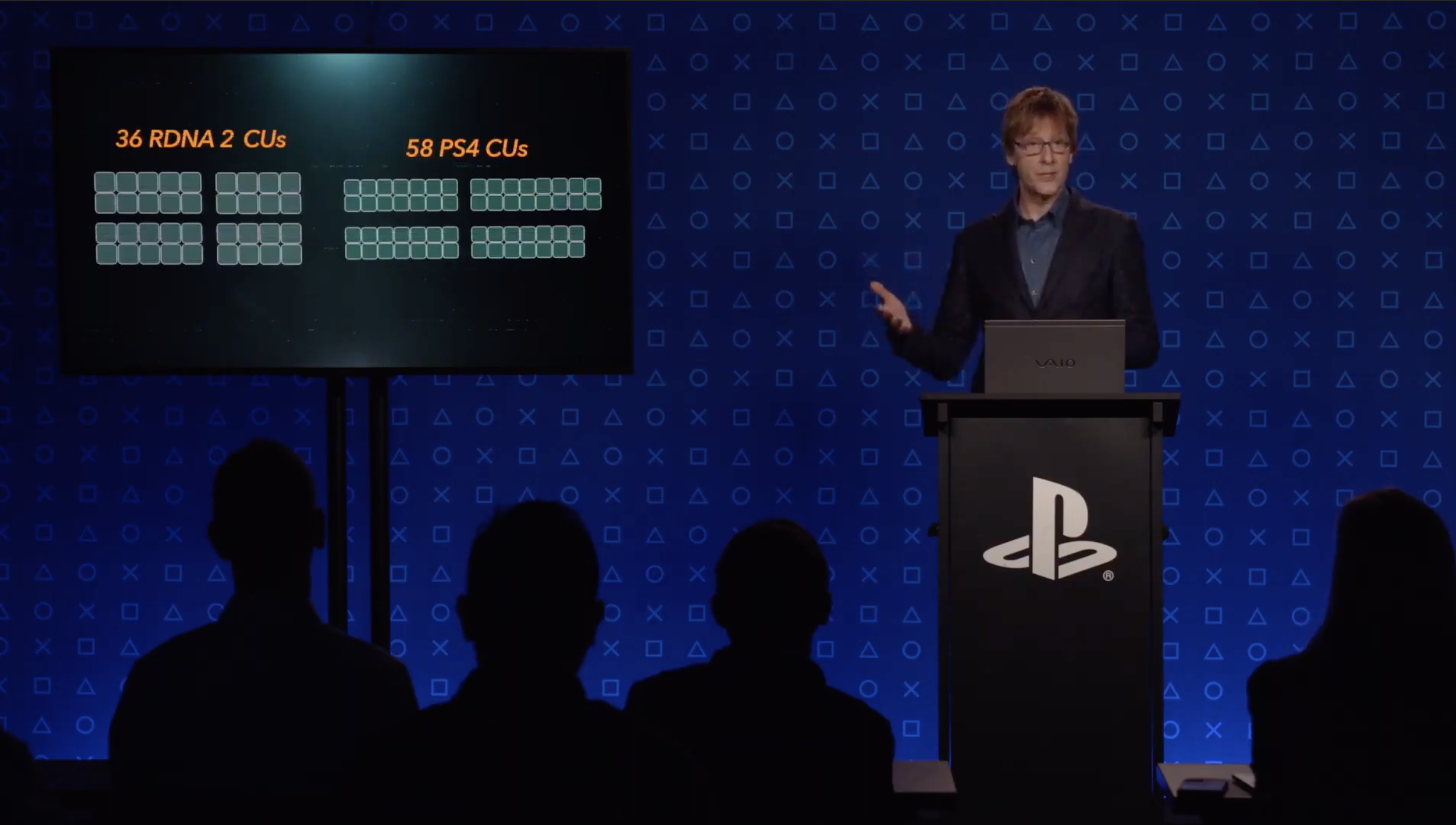
For example: Mark Cerny, during a technical breakdown of the PS5, claimed that Sony’s next-gen system could process 5.5 GB/s, compared to 100 MB/s from the PS4’s hard drive. That’s more than 500 times faster, which seems like a difficult claim to support, even allowing that the PS4’s HDD is quite old, and the PS5’s SSD will be state-of-the-art.
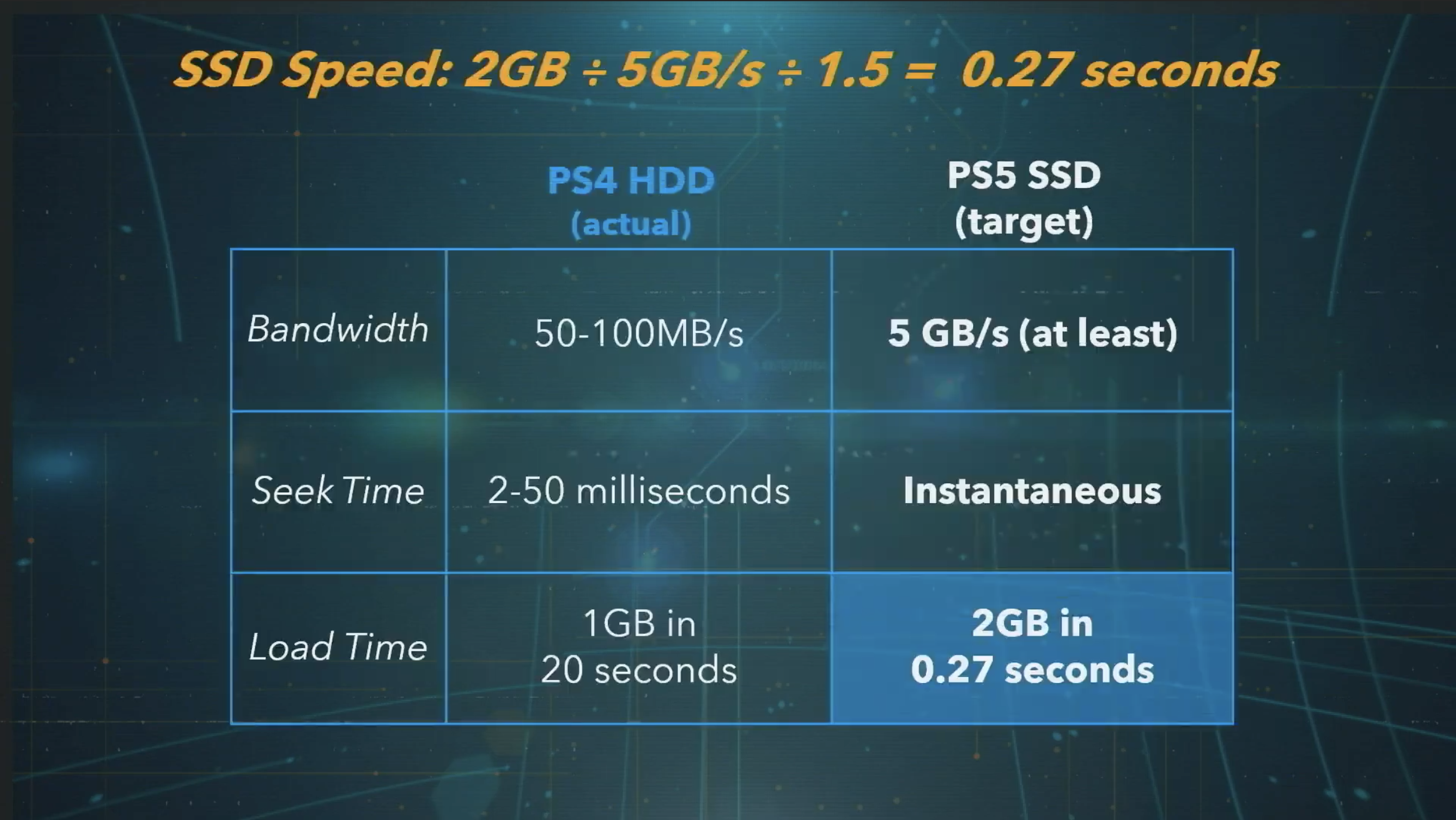
While we can’t compare the two directly ourselves, we can get an idea of how much faster an SSD can make games from Digital Foundry. Compared to a high-end HDD, Digital Foundry measured that even a budget SSD could decrease game load times by 60 percent. High-end SSDs could go even faster. Right now, though, even the most powerful SSDs can process only about 3.5 GB/s, which is still a ways off from what Sony claims.

In practical terms, this means that next-gen titles will have significantly faster loading times, as well as seamless transitions between levels. (They can also theoretically employ more demanding textures and facilitate smoother frame rates, although these are harder to see without actually playing a game.) To demonstrate the point, take a look at two videos, embedded below.
The first video is from Microsoft, and demonstrates how quickly the Xbox Series X can load the same game (State of Decay 2), compared to the Xbox One:
The second video is from Sony, and demonstrates gameplay from the upcoming PS5 game Ratchet & Clank: Rift Apart. In this trailer, Ratchet and Clank leap through dimensional portals, which completely deconstruct old levels and load new ones within seconds:
Granted, there are two important factors to consider: First, the PS5 and Xbox Series X will employ more sophisticated SSDs than the models currently available on the market. (They’ll also be available for PC gamers; they’re just not out yet.) Second, the PS5 and Xbox Series X will be able to customize both the hardware and software that surround their SSDs. Consumer-grade SSDs have to be generalized enough to work in any computer; Microsoft and Sony can optimize and streamline SSDs in game consoles, potentially making them faster than what the raw numbers suggest.
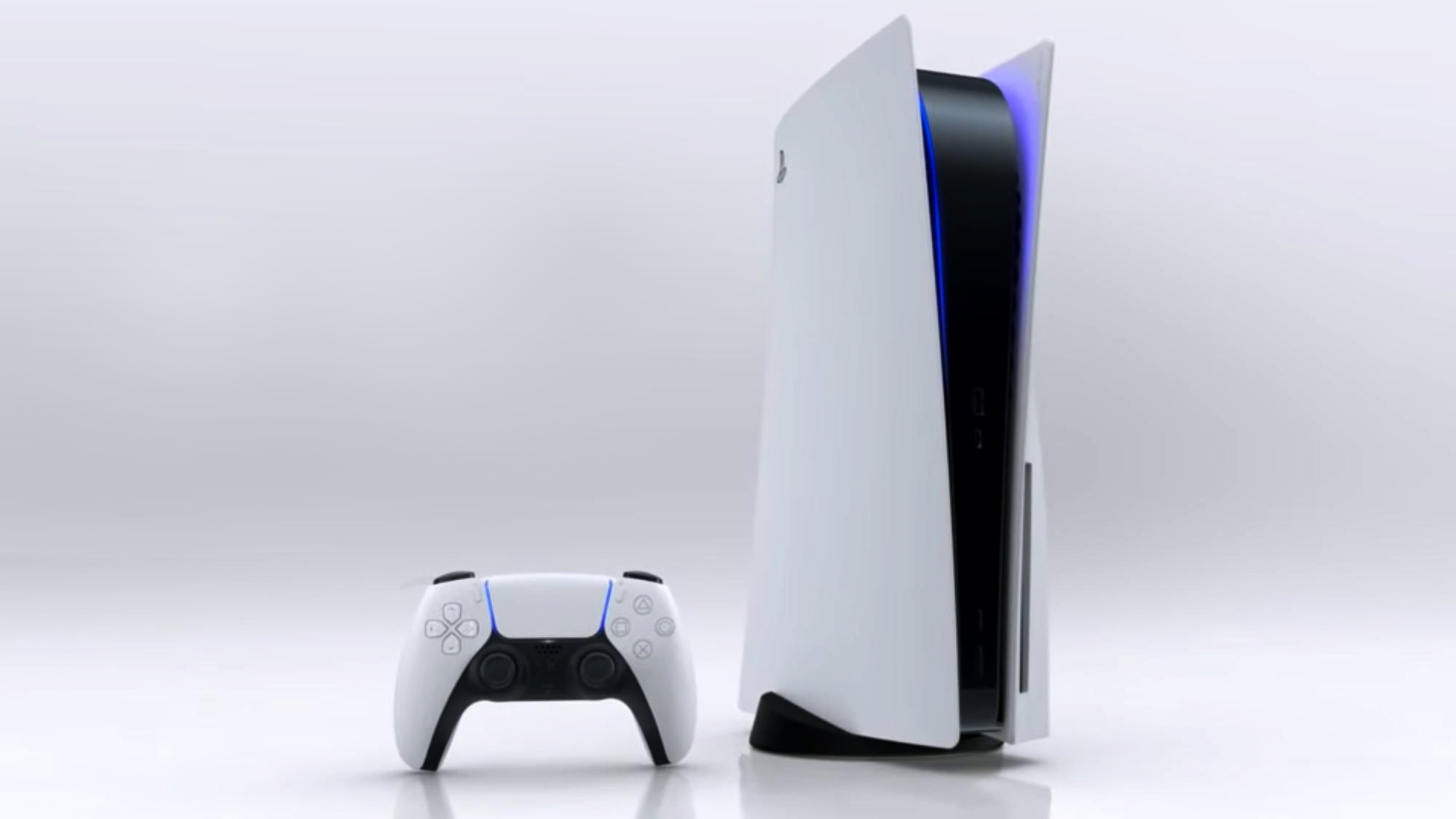
On the other hand, SSDs don’t exist in a vacuum. Even if the PS5’s hard drive is 550 faster than the PS4’s, that doesn’t necessarily mean that games will load 550 times faster. There are a lot of bottlenecks in the process, including the CPU, GPU and RAM, and each game will employ system resources differently. In the case of backwards compatible games from the PS4 and Xbox One, the situation is also complicated, as they were designed with a totally different system in mind.
Generally speaking, then, we can say that the SSDs in the PS5 and Xbox Series X will be considerably faster than the HDDs in the PS4 and Xbox One. Until we see some games in action, however, it will be impossible to say how much faster, or how much the speed might vary from game to game.
Bottom line
Will SSDs in the PS5 and Xbox Series X revolutionize gaming forever? Microsoft and Sony could always surprise us, but it seems too early to tell. SSDs have made PC gaming a lot faster and smoother than before, but they haven’t reduced loading times to mere seconds. Like a lot of other advancements in the computer world, they’re an incremental improvement — albeit a very big increment, compared to traditional hard drives.
Still, it’s been seven years since the PS4 and Xbox One first came out, and both the PS5 and Xbox Series X will represent big jumps over their predecessors, even if their benefits compared to gaming PCs are milder. It’s high time for console gamers to see what hard drives can do once they ditch the magnetic disks and embrace the marvels of flash memory.
Marshall Honorof is a senior editor for Tom's Guide, overseeing the site's coverage of gaming hardware and software. He comes from a science writing background, having studied paleomammalogy, biological anthropology, and the history of science and technology. After hours, you can find him practicing taekwondo or doing deep dives on classic sci-fi.



